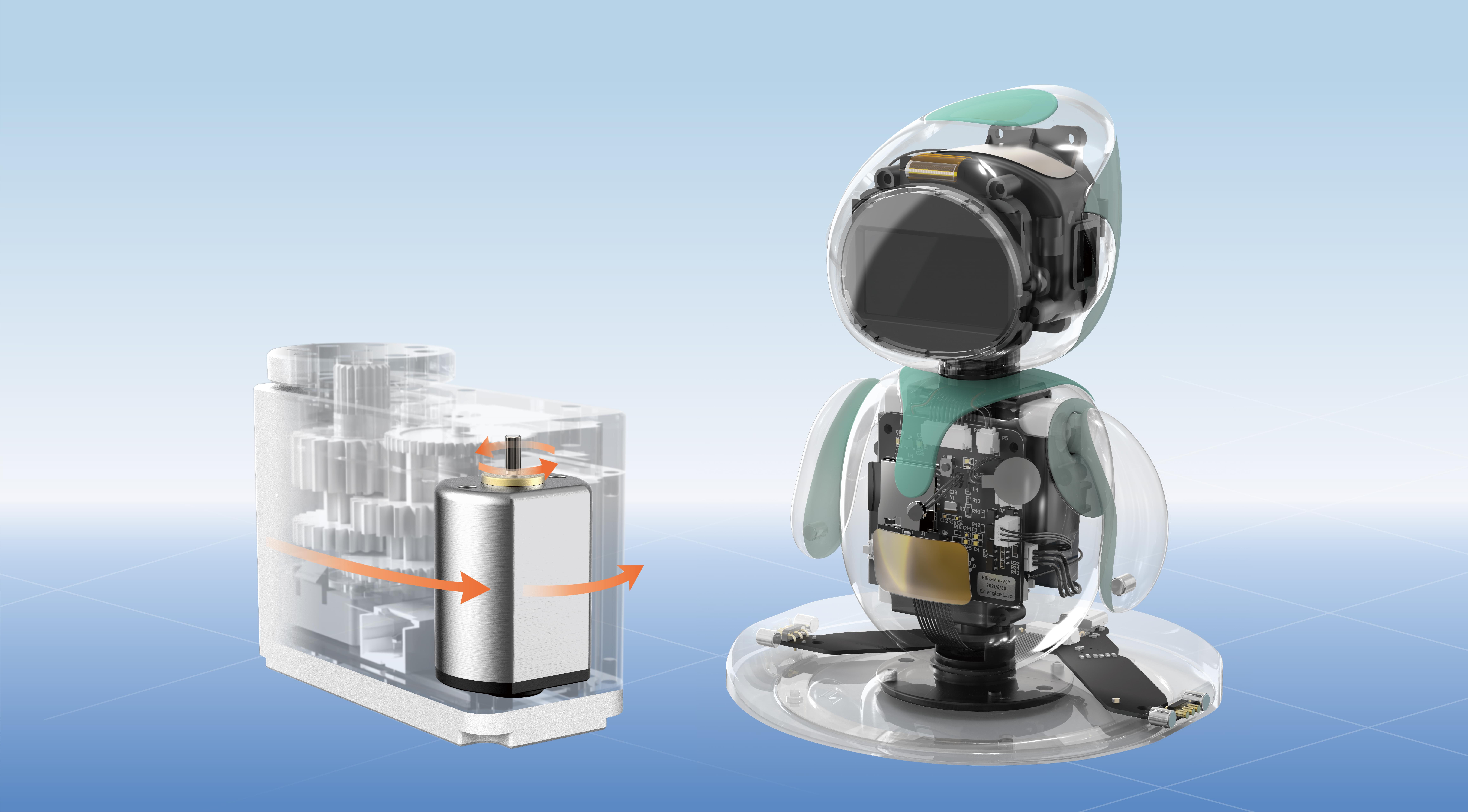In the fast-evolving universe of robotics and automation, components like servo motors are the unsung heroes driving innovation behind the scenes. Among these, the Servo SG90 5V stands out as an icon of affordability, versatility, and compact engineering. Whether you're a seasoned engineer or a curious hobbyist, understanding what the SG90 brings to the table can open a gateway to endless creative possibilities.

What is a Servo SG90 5V Motor? At its core, the SG90 is a small, lightweight servo motor designed to provide precise rotational control. It’s engineered to move to a specific position based on input signals, making it an indispensable component for applications where accuracy and repeatability are essential. Its "5V" designation indicates its operating voltage, which aligns perfectly with common microcontroller platforms such as Arduino, Raspberry Pi, and other DIY electronics.
Why the SG90? The popularity of the SG90 stems from a blend of factors: affordability, ease of use, and impressive performance for its size. Priced accessibly, it enables students, hobbyists, and even small-scale manufacturers to incorporate servo control into their projects without breaking the bank. Its compact size—roughly 22mm in length—makes it suitable for projects where space is tight but functionality cannot be compromised.
Design and Features This servo motor is built with a small metal gear train for durability, a coreless motor for smooth operation, and a potentiometer that provides feedback for precise positioning. It typically offers a rotational range of approximately 0° to 180°, though some variants can go beyond, depending on the application. The servo connects via three wires: power (red), ground (brown or black), and control signal (orange or white). This straightforward wiring makes integration into circuits simple and intuitive.
How Does the SG90 Work? Your microcontroller sends a PWM (Pulse Width Modulation) signal to the control wire of the servo. The width of the pulse determines the position of the servo’s arm. For example, a pulse of about 1 millisecond usually corresponds to 0°, while a 2-millisecond pulse reaches 180°. By varying the pulse width within this range, you can set the servo's position precisely. This mechanism allows for nuanced control over movement, essential for tasks like robotic arms, camera pan-tilt systems, or even remote-controlled vehicles.
Applications of the SG90 In the world of DIY tech, the SG90 is a superstar. Hobbyists use it to build robotic arms, animatronics, smart home devices, and even mini drones. Its size and voltage requirements make it compatible with a wide array of microcontrollers. Educational institutions leverage it to teach principles of electronics, programming, and mechanics, establishing a hands-on platform that inspires innovation.
Getting Started with the SG90 Before diving into your project, ensure you have the right components. Besides the servo, you'll need a microcontroller (like Arduino Uno), a power supply (preferably regulated 5V), and jumper wires. It's wise to use a separate power source for the servo if your project involves multiple servos or heavy loads, to prevent voltage dips that could cause erratic behavior.
Wiring and Coding Essentials Connecting the servo typically involves connecting the red wire to the 5V power supply, the brown or black wire to ground, and the orange or white control wire to a PWM-capable pin on your microcontroller. Programming involves writing a simple script to generate PWM signals based on desired angles. Many tutorials and libraries are available online that simplify this process, making it accessible even to beginners.
Common Challenges and How to Overcome Them While the SG90 is user-friendly, it has some limitations. It can stall or jitter if powered insufficiently, or if overloaded. To mitigate this, always ensure your power supply can deliver enough current—servos can draw a considerable amount, especially under load. Avoid forcing the servo beyond its physical limits, and remember to add a small mechanical buffer to prevent damage.
The Future of Compact Servo Motors The SG90 exemplifies how small-scale components can have a huge impact on innovation. As technology advances, newer variants with higher torque, greater durability, and expanded rotation ranges are emerging, but the classic SG90 remains a staple for beginners and professionals alike.
Kpower has delivered professional drive system solutions to over 500 enterprise clients globally with products covering various fields such as Smart Home Systems, Automatic Electronics, Robotics, Precision Agriculture, Drones, and Industrial Automation.




































